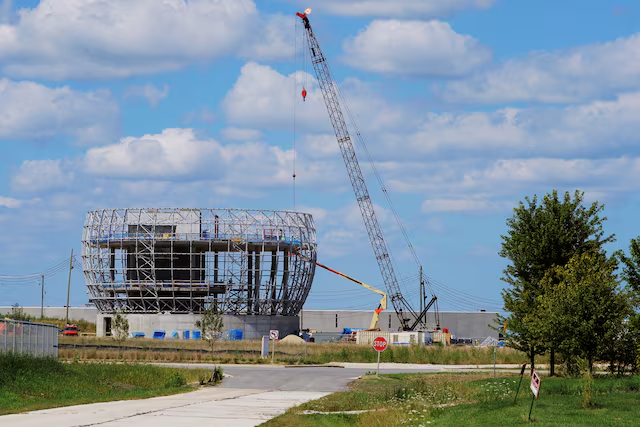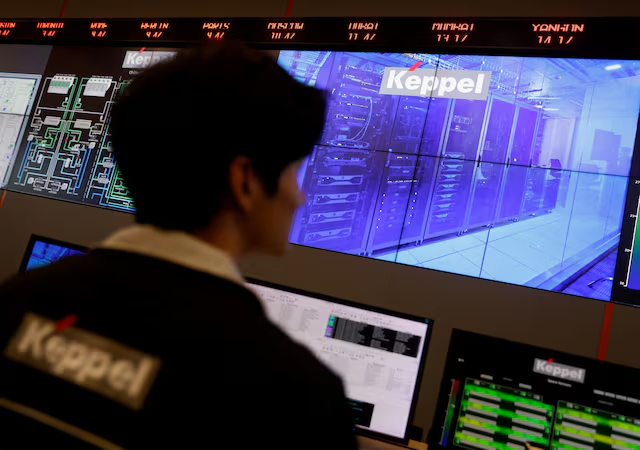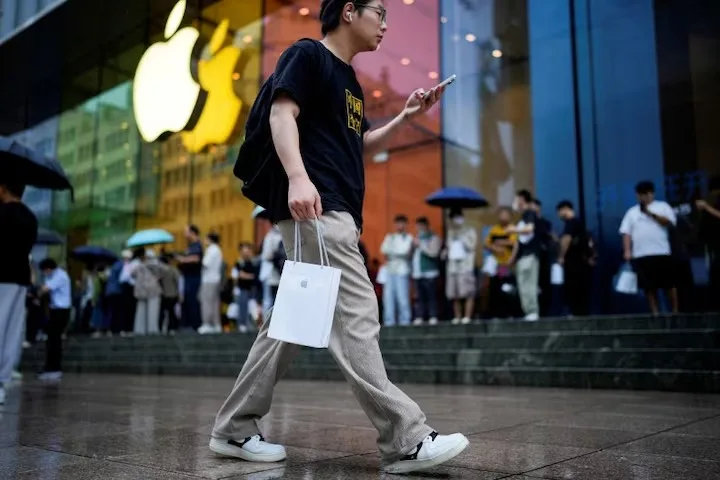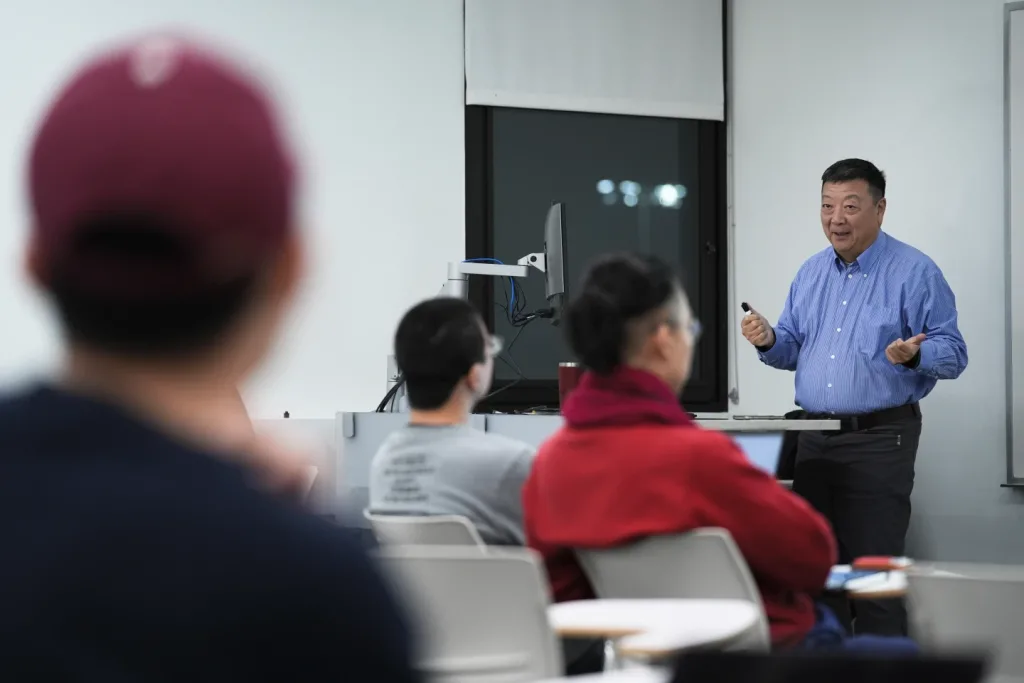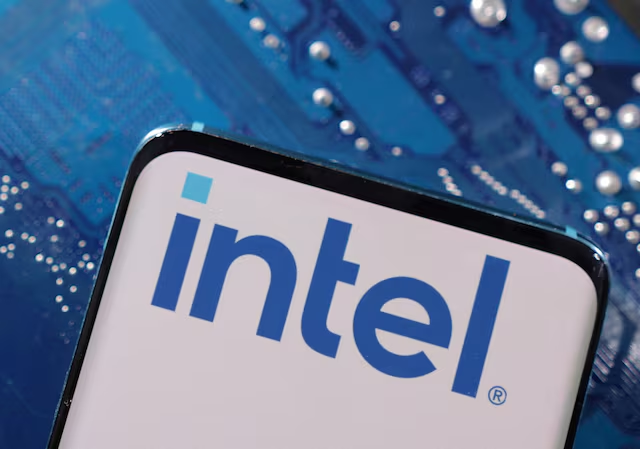Hedge funds seeking opportunities in AI-related stock market bargains are flocking to South Korea’s chipmakers. They are betting that new demand for high-end memory chips and increased government spending will boost their value.
Notable hedge funds such as Britain’s Man Group (EMG.L), Singapore’s FengHe Fund Management, and Hong Kong’s CloudAlpha Capital Management and East Eagle Asset Management are targeting South Korean giants like SK Hynix (000660.KS) and Samsung Electronics (005930.KS). These companies have so far lagged behind the sector’s rally.
“If Nvidia is the king of the AI story, then Hynix is the queen,” said Matt Hu, chief investment officer of $4 billion FengHe. FengHe has been purchasing Hynix and Samsung shares this year.
FengHe and other hedge fund investors believe that while Nvidia’s (NVDA.O) value has tripled to over $3 trillion due to the AI boom, stocks like Hynix have been overlooked compared to other popular Asian AI players like Taiwan’s TSMC (2330.TW).
However, attention is shifting to South Korean chipmakers as technology firms in the generative AI race scramble to secure high-bandwidth memory (HBM) chips, primarily produced by Hynix, Samsung, and U.S.-based Micron Technology (MU.O).
Hynix is the leading supplier of advanced HBM memory chips to Nvidia. FengHe’s Hu estimates that Hynix derives a larger portion of its revenue from Nvidia than TSMC does, yet Hynix trades at nine times its 12-month forward earnings compared to 23 times for TSMC.
Additional factors contributing to these shares’ appeal include the South Korean government’s 26 trillion won ($19 billion) support package for the chip industry and its new ‘Corporate Value-up Programme’, which aims to improve shareholder returns, similar to efforts in Japan and China.
The influx of hedge fund investments into South Korea’s AI sector helped the benchmark KOSPI index (.KS11) achieve its best month in seven months in June. South Korean stocks have attracted the strongest inflows among Asia’s emerging markets this year, marking their highest inflows since 2008, according to LSEG data.

